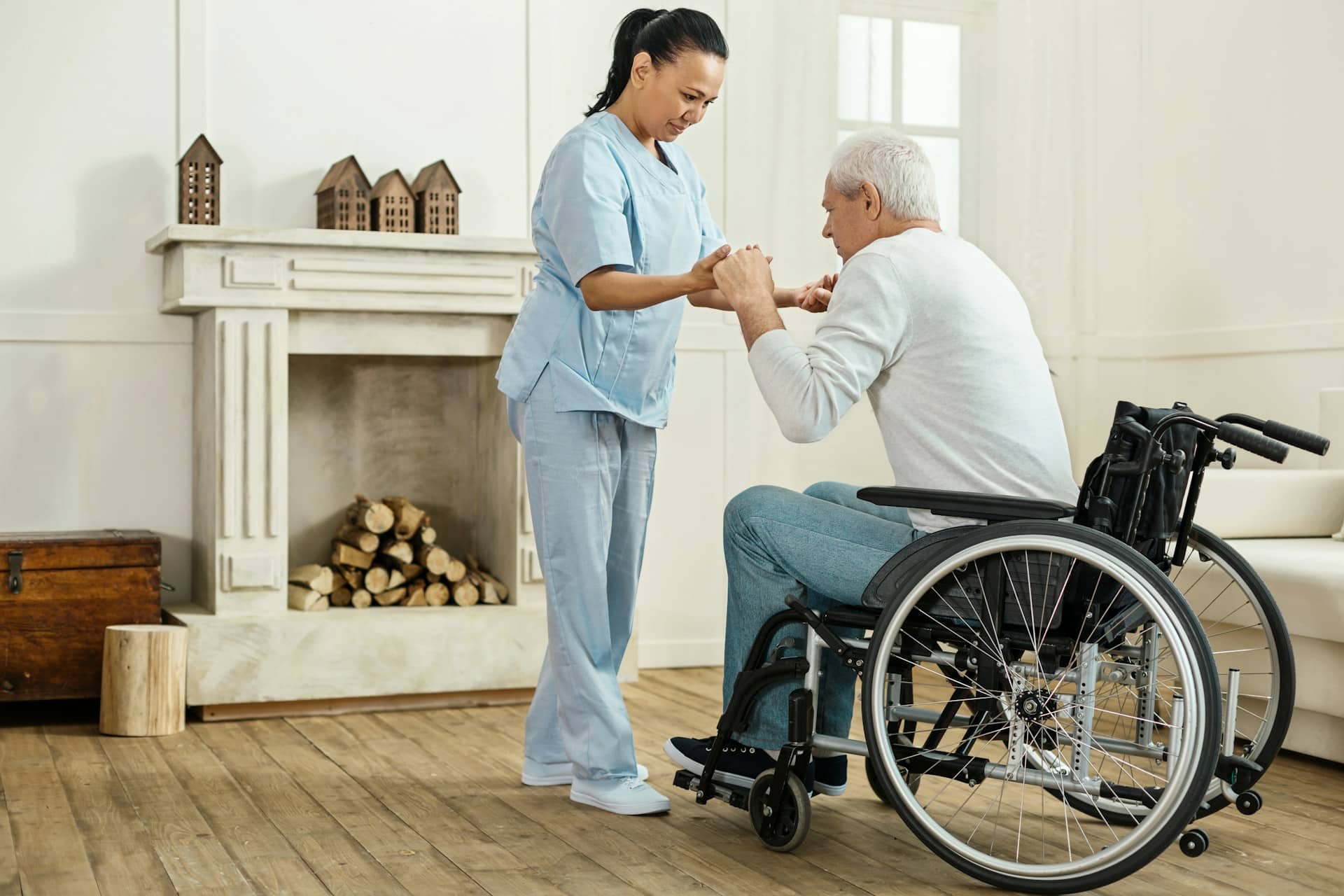When your loved one lives in a nursing home, you trust that they’re safe and well cared for. However, accidents can happen, and when they do, it’s important to document any injuries they might suffer. This documentation isn’t just about keeping records; it’s essential for pursuing any potential legal claims. Thorough and accurate records can make all the difference if you ever need to take legal action to ensure your loved one’s safety and rights.
Getting everything down in writing might sound daunting, but it’s a vital step in helping your family member. Finding out they’ve been injured due to negligence or poor conditions can be stressful. Having precise documentation helps build a clear picture of what happened, providing a foundation for any legal proceedings that may follow. Being prepared and informed is key and can provide peace of mind that your loved one’s concerns will be addressed properly.
Understanding Types of Nursing Home Injuries
Identifying the common types of injuries helps you understand what to watch out for. Understanding these can protect your loved one’s well-being and prepare you to take necessary action if something does go wrong.
– Falls: One of the most frequent accidents in nursing homes, falls can happen due to slippery floors, insufficient lighting, or improper support when moving. These incidents can lead to severe injuries like fractures, bruises, and in some cases, head trauma.
– Bedsores: Also known as pressure ulcers, these develop when a person stays in one position for too long without movement, cutting off blood flow to certain areas. Bedsores can be slower to heal and indicate neglect if they are not promptly treated.
– Malnutrition and Dehydration: Sometimes caregivers might overlook nutritional needs which can lead to undernourishment or dehydration. This could result from medical neglect or a lack of proper meal planning.
Each of these circumstances portrays different aspects of potential neglect or mishandling within a nursing home. Such injuries can deeply impact the health and happiness of residents. By identifying these injuries early, you can make sure immediate action is taken to rectify the situation and prevent further harm.
Steps to Document Nursing Home Injuries
Documenting an injury is a procedure you can manage with care and attention. Follow these steps to ensure all relevant information is captured accurately.
1. Seek Medical Attention: First and foremost, make sure your loved one receives the medical care they need. This should be your priority. Confirmation from a healthcare provider can also validate the injury for your records.
2. Take Photographs: Visual evidence is incredibly impactful. Capture photos of visible injuries from multiple angles and at different times to show progress or any changes.
3. Collect Physical Evidence: Retain any personal items or clothing involved in the incident. These items may provide clues about what happened.
4. Keep Detailed Records: Write down every detail, no matter how small it might seem at the time. Include dates, times, names of involved parties, and any conversations or events leading up to the injury.
When you follow these steps diligently, you ensure that all relevant information is preserved. This comprehensive documentation can support any necessary efforts to address grievances with the nursing home administration. It might also play a significant role if legal actions become necessary. By being proactive, you’re ensuring a safer, more respectful experience for your loved one.
Gathering Additional Evidence
Beyond documenting the initial incident, gathering additional evidence can strengthen the case. It’s important to talk to other residents or staff who might have witnessed the event. Their perspectives can provide valuable insights and corroborate the details you’ve recorded. Interviews should be conducted carefully, recording the individual’s name, relationship to the resident, and any relevant observations they might have shared.
Another step is to collect any official documentation related to the incident. This includes incident reports, any relevant correspondence, and medical records. These documents form a critical part of the evidence trail, painting a clearer picture of the circumstances surrounding the injury. They help establish the timeline and ensure nothing important is overlooked.
Consider also keeping a journal that tracks any ongoing issues or concerns about the care your loved one receives. Whether it’s noting frequent changes in staff, unexplained bruises, or anything that feels out of place, these entries could be significant later. All this information builds a comprehensive narrative, providing a clear basis for any further actions you might need to take on behalf of your loved one.
Working with a Nursing Home Lawyer
Once you’ve compiled the necessary documentation, seeking the expertise of a nursing home lawyer can be invaluable. They specialize in navigating the complexities of legal cases involving elder care and can offer guidance tailored to your situation. Their role is not only to offer representation but to explain your rights and help you understand what steps should be taken next.
When working with a lawyer, clear and open communication is essential. Sharing your meticulously gathered documentation allows the lawyer to assess the situation comprehensively. Being forthcoming with all details ensures they can provide the best possible advice. Remember, their aim is to support you, making sure your loved one’s welfare is at the forefront.
Engaging a lawyer also means you’re not navigating this process alone. They act as your advocate, handling the legal aspects while you focus on the well-being of your loved one. In Little Rock, AR, local lawyers have specific insights into the community’s legal environment, which can be a great asset.
Ensuring Safety Moving Forward
After addressing the immediate concern of an injury, it’s vital to establish measures that promote ongoing safety for your loved one. Regular visits and check-ins can help ensure your family member receives the care they need. During these visits, observe their physical condition and environment for any signs of neglect or abuse.
Staying informed about their care plan and remaining engaged with the nursing home staff reinforces your presence. Make a point to know key staff members and discuss your concerns and expectations openly. Building a relationship with caregivers helps establish transparency and accountability in the care provided.
By remaining vigilant, you’re helping to create a safer and more supportive environment. It’s not about assuming there will be problems but rather being proactive in preventing them. Supporting your loved one is an ongoing commitment, ensuring their experience is a positive one and that their dignity is upheld.
If you’re concerned about ensuring the safety and rights of your loved one in a local nursing home, consulting with a nursing home lawyer can be a smart step. They can guide you through the complexities of elder care cases and provide the support you need. The Law Office of Thomas G. Buchanan is here to help navigate the process and work towards the best possible outcome for your family.

